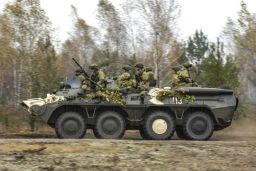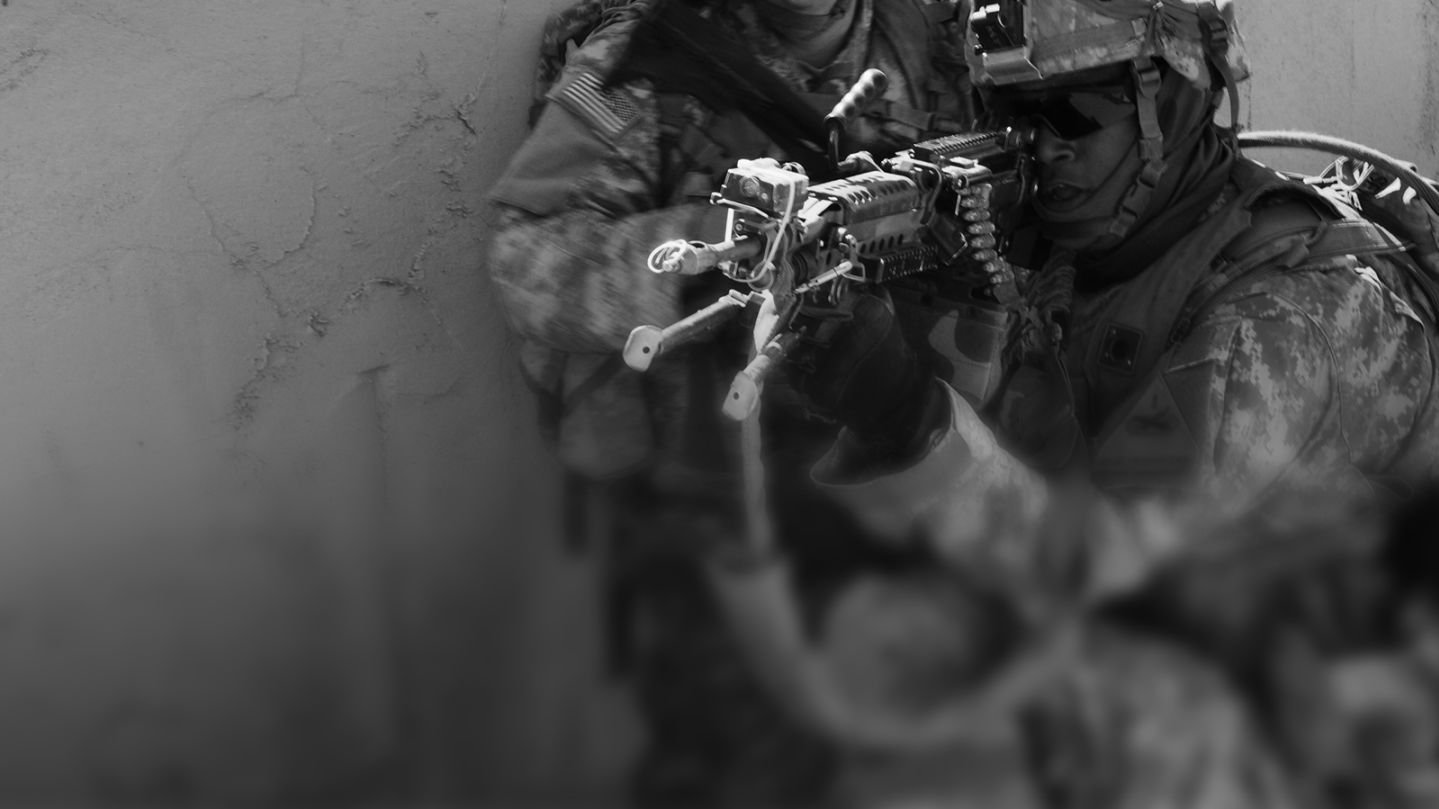Story highlights
900 US troops are bound for Poland
Analysts see the spot as most likely target of Russian attack on NATO
With US and Russia engaged what some call a new Cold War, some 900 US troops are about to find themselves on its most dangerous front.
The US and NATO confirmed this week that the US will lead a multinational battalion in northeast Poland beginning in April 2017, a strategically crucial location that would put them in the center of hostilities should an armed clash between NATO and Russia break out.
Secretary of Defense Ash Carter told reporters Wednesday that the American soldiers will be headquartered in Orzysz, Poland, a town which lies only miles from the most likely target of a possible Russian attack against NATO, according to military analysts.
Carter made the remarks while speaking after a meeting of NATO defense ministers in Brussels. He called the unit a “battle-ready battalion task force.”
Russia was quick to criticize the announcement.
In a series of tweets, Russia’s ambassador to NATO, Alexander Grushko, called the deployments “confrontational schemes of military building up in areas along our borders” and threatened retaliation.
“NATO countries understand that these actions will not remain without a response from our side,” he said.
The Russian Defense Ministry announced Monday that about 600 paratroopers from Russia and Belarus conducted a joint exercise near the town of Brest on the Polish-Belarusian border and only miles from where the new troops will be based.
The Suwalki Gap, where the US forces will be located, is a thin stretch of about 60 miles of Polish territory that borders fellow NATO ally Lithuania. It is also bordered on both sides by Russia’s European enclave Kaliningrad and close military ally Belarus.
“It’s a small sliver of land, which, if seized, would allow the Russians to cut-off the Baltic states from the rest of the NATO alliance,” Magnus Nordenman, director of the transatlantic security initiative at the Atlantic Council, told CNN.
He added that such an action, combined with the sophisticated anti-aircraft and anti-ship missiles Russia has been deploying to Kaliningrad, would make US and NATO efforts to reinforce and defend its Baltic allies extremely difficult.
“One can assume it is in the Russian attack plan simply by looking at a map,” he added. “Russia is clearly developing a strategy for keeping the US and NATO out in the event of a crisis.”
A NATO official told CNN Friday that the Suwalki Gap did indeed feature in the alliance’s defensive plans but would not elaborate further.
The Baltic States, which include Estonia, Latvia, and Lithuania, will also receive NATO battalions led by the UK, Canada and Germany. These countries are particularly concerned about Russian aggression, especially after Moscow’s 2014 invasion and annexation of Crimea.
Russia’s “militarization and aggressive actions in the region creates new tensions,” Lithuanian Defense Minister Juozas Olekas, told CNN’s Nic Robertson Thursday.
The new deployments are part of NATO’s “Enhanced Forward Presence” program, a NATO effort to reassure member countries and deter any Russian offensive actions.
“Russia has been willing to use military force against neighbors,” NATO Secretary General Jens Stoltenberg said Wednesday. “We have seen that in Georgia and we have seen it in Ukraine with the illegal annexation of Crimea and the continued destabilization of Eastern Ukraine. So, therefore, NATO has to respond.”

Earlier this month, Russia reportedly deployed nuclear-capable Iskander missiles to Kaliningrad, a move Polish Foreign Minister Witold Waszczykowski called “a massive strengthening of the Kaliningrad garrison,” adding that the “missiles could reach well into the significant part of Polish territory.”
“We have adapted, we have responded, to the increased Russian military presence close to NATO borders,” Stoltenberg told reporters on Thursday.
The US unit due to be stationed in the Suwalki Gap and joined by two companies of troops from UK and Romania is miniscule compared to the American military’s effort to deter the Soviet Union during the Cold War.
During America’s geopolitical stand-off with the Soviet Union, some 300,000 US troops and tanks were deployed to Germany in order to defend the strategic Fulda Gap, an area of lowlands thought to be the likeliest route for a Soviet tank invasion of Western Europe.
“There is simply no way you can compare four NATO battalions and approximately 4,000 forces to 300,000 US forces at the height of the Cold War,” Heather Conley of the Center for Strategic and International Studies in Washington told CNN.
Nordenman thinks that the US and NATO feel that the battalion offers some substantial benefits despite its small size. “In the event of a crisis, it would allow American reinforcements to link-up with the US forces already there,” he said.
Secretary of Defense Ash Carter said the US contingent will include a headquarters element, Stryker armored vehicles, an artillery battery, anti-tank capabilities, explosive ordnance disposal and engineering from a squadron based in Vilseck, Germany.
He also revealed that the US soldiers will be under the tactical control of a Polish brigade.
Nordenman said the troops are an “important political signal for the US and NATO,” adding that they will “allow the US and its NATO allies to train on terrain that they would have to fight on” in the event of an armed conflict with Russia.
While he called the new deployments a “good signal and good demonstration of our solidarity,” Olekas, the Lithuanian defense chief, told CNN that they were not sufficient, adding that Russian President Vladimir Putin only understood “power.”
Nordenman said the US was selected to lead the defense of the most strategic location at the request of Poland. He noted that Poland has become a leader of NATO’s eastern members and the Polish government sought America’s participation given its status as the most powerful member of the alliance.
Poland and Estonia are two of the only five NATO members that spend the recommended two percent of GDP on defense. Latvia and Lithuania plan to meet that target by 2018. The American defense secretary emphasized that the US would take additional steps to beef up its eastern presence as part of the $3.4 billion European Reassurance Initiative.
According to US defense officials, this will include some 4,000 US troops arriving in western Poland in January. These forces will then proceed to rotate through seven other eastern NATO members.



